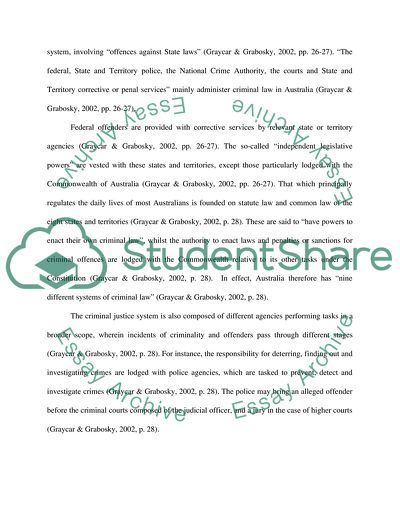Cite this document
(Greatest Impacts on the Criminal Justice System in Australia Research Paper, n.d.)
Greatest Impacts on the Criminal Justice System in Australia Research Paper. Retrieved from https://studentshare.org/law/1726672-greatest-impact-on-the-criminal-justice-system
Greatest Impacts on the Criminal Justice System in Australia Research Paper. Retrieved from https://studentshare.org/law/1726672-greatest-impact-on-the-criminal-justice-system
(Greatest Impacts on the Criminal Justice System in Australia Research Paper)
Greatest Impacts on the Criminal Justice System in Australia Research Paper. https://studentshare.org/law/1726672-greatest-impact-on-the-criminal-justice-system.
Greatest Impacts on the Criminal Justice System in Australia Research Paper. https://studentshare.org/law/1726672-greatest-impact-on-the-criminal-justice-system.
“Greatest Impacts on the Criminal Justice System in Australia Research Paper”, n.d. https://studentshare.org/law/1726672-greatest-impact-on-the-criminal-justice-system.


